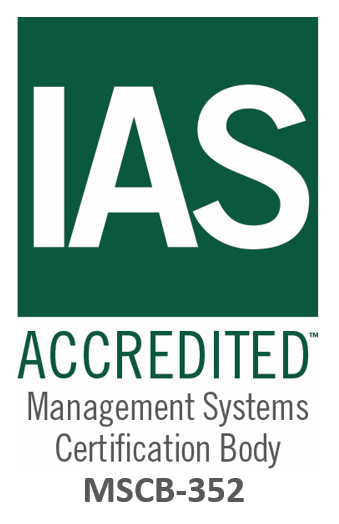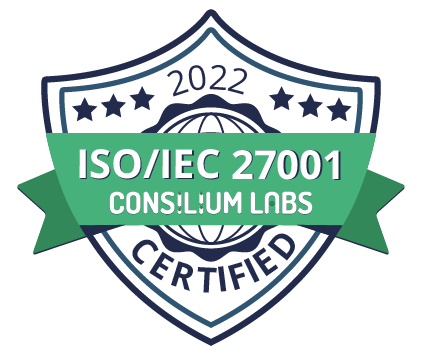“If you are going through hell, keep going”
Winston Churchill
The discussion of change in law has unfortunately become dominated by a narrative of large-scale transformations through shiny systems. Yet, everyone sensible knows that such projects are bloody hard, need large budgets and plenty of time, and are still quite likely to go horribly wrong. If the only other option is dramatic change, then most are understandably choosing stasis. So nothing seems to change (not helped by many in the industry figuring out that they can still win innovation awards by talking a good game and not really doing much at all).
But is there a middle way?
First some key points:
- There is no silver bullet for contracting - there is no one single system, transformation or whatever that is going to fix the issues. Progress is made with lots of small improvements (we call it the silver shotgun cartridge/shell approach).
- You need to have some basics in place first that can be improved - a mapped process, templates, playbooks etc. If it’s not documented, stored in one place and actually used, it cannot be improved. We call these ratchets.
- You have a ton of technology already lying around your desktop and in your broader organisation. You don’t need to start with a new system, instead use what you have. Helpfully, if you do that then you can stop worrying about making bad investments.
So, with these points in mind, how to approach change?

Start by making your process repeatable. That means that the team is working (at least roughly) in a single way with a single set of templates, playbooks for negotiations and sane intake and contract management processes.
Next, put some basic technology in place - the robots. Don’t worry about complex systems, just start with simple ones, many of which are already available in your organisation. See this post for four easy projects to get going with.
Finally, rather than building a top-down transformation programme, try a bottoms up continuous improvement approach. Think of it as ongoing refinement. Have a look at the Toyota Kata as a way of embedding lean thinking into your team. And start talking to your stakeholders about their requirements and set challenges for the team based on what the stakeholders value.
You don’t have to worry about major projects to make real progress. Iterative is easier, safer and far more effective in practice. Yet according to responses to the Radiant screcard, only 30% of teams are running an ongoing improvement programme.
You can use this approach to become a leader in your organisation in improving the contracting process. But what’s stopping lawyers from taking that lead is often self-limitation to just a bit part in the contracting process… and I will cover that with the next mistake.




















.png)
.jpg)




.jpg)









.png)
.png)




.png)





























.jpg)


